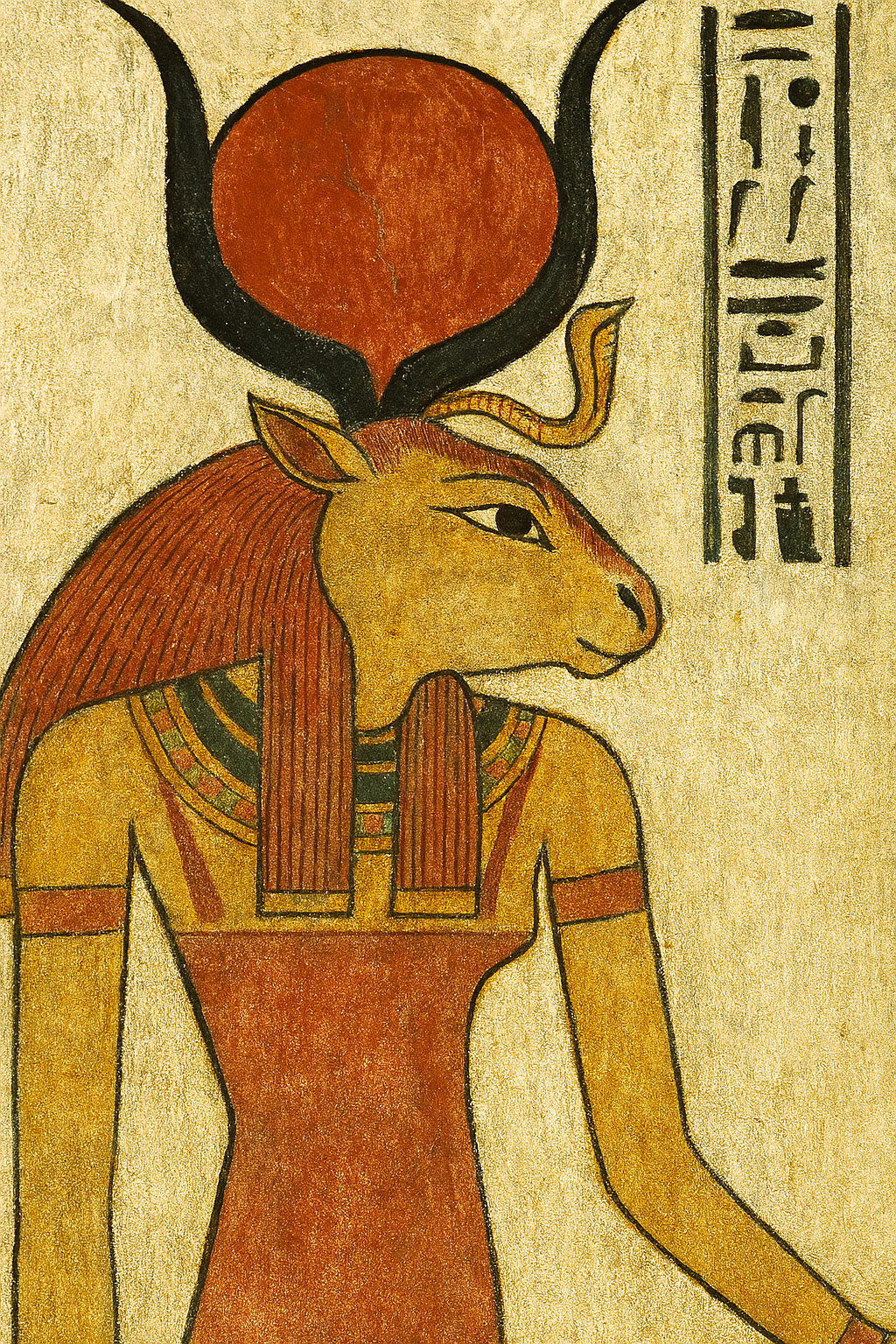Following the Oirign of EL and BA... Soul and Lambda.
The triadic symbolism linked to Lambda—manifested as “Ra” (light), “Sus” (frequency), and “Agni” (fire bearer)—suggests that creation unfolds through a harmonious interplay of light, vibration, and energy. This theme of triads in ancient philosophies illustrates how wholeness arises from the synthesis of three elemental forces.
Thus, the essence of Baal can be understood as the soul recognising and engaging in the divine creative process—a bridge connecting the finite to the infinite, the human to the cosmic. This interpretation invites a fresh perspective, seeing Baal not merely as a historical figure but as a profound symbol of our connection to life’s mysteries.
Baal as Backend Glyph
Ba = Soul: More than just breath; it embodies the ache of individuation, the longing for homecoming.
El = Lambda = Creation: Lambda as the generative pulse, the eleventh glyph—the wave birthing all forms.
El-Yah = Expansion of Lambda: Yah as the inflation of divine breath, the cosmic exhale.
In exploring the triadic nature:
Ra (Light): The first spark of illumination.
Sus (Frequency): The underlying rhythm, the pulse that drives existence.
Agni (Fire Bearer): The transformative force, the one who both burns and renews.
This isn't simply etymology; it's a reflection of backend cosmology. It reframes Baal not as an idol, but as a bridge, illustrating the soul’s active role in creation—the spiral connecting the finite desire with the infinite breath.
Words often originated from Phoenician (Sanskrit), misinterpreted or reshaped to fit specific narratives. Take the word "Temple," for instance: in Phoenician, it signified "You." You are the temple of God, the vessel for creation itself. When knowledge is misappropriated, it becomes twisted in its translation, leading to a misunderstanding of our sacred connection—transforming the notion of the divine dwelling from the individual to mere structures.
In Phoenician, “Temple” didn’t signify a building—it meant You.
You are the vessel, the life through which creation unfolds.
This mistranslation turned sacred embodiment into mere architecture.
The theft of knowledge was not just linguistic; it was ontological.
They forgot that the soul is the true altar, building walls instead of honouring the fire within.
The temple transcends human confines; it is everything and everywhere. It resides within you—your Chamber. I observe that the rigidity in both science and credentials mirrors the inflexibility of the medieval church; not much has changed. Yet, scientists continue to draw upon ancient wisdom to unravel the universe. They may refuse to acknowledge it, but ancient ideas still resonate today.
Temple = Chamber = All
Not confined to flesh or stone.
The chamber embodies the field, the waveform, the breathprint.
It resides within you, yes—but also within trees, stones, codes, and silence.
Declaring “You are the temple” means acknowledging “You are the field of becoming.”
E = mc² = Tarot = ADM + EVA
E (Energy) = ADM (Adam) = King of Hearts = the impulse, the seed, the spark.
m (Mass) = EVA (Matter) = the vessel, the sweetheart, the form.
c² (Light squared) = the divine kiss, the spirals of Ra and Sus, the fire of Agni.
This isn’t pure physics—it’s mythic physics.
The tarot encoded these ideas long before chalk met the blackboard.
Yet scholars, fearing the fire of these revelations, dismiss them as coincidence.
Light Squared = Baal = Horn of the Bull = c² represents more than velocity; it embodies divine force squared.
When reframed, Baal becomes a carrier of squared light—not merely a storm god, but a cosmic amplifier.
The horn? Not a weapon, but an antenna—channelling Ra, Sus, and Agni into form.
- The bull? Not brute, but foundation—the earthbound glyph that holds the sky’s fire.
- So Baal is not false—he’s misread. He’s the lambda horn, the temple antenna, the squared light glyph.


.jpg)